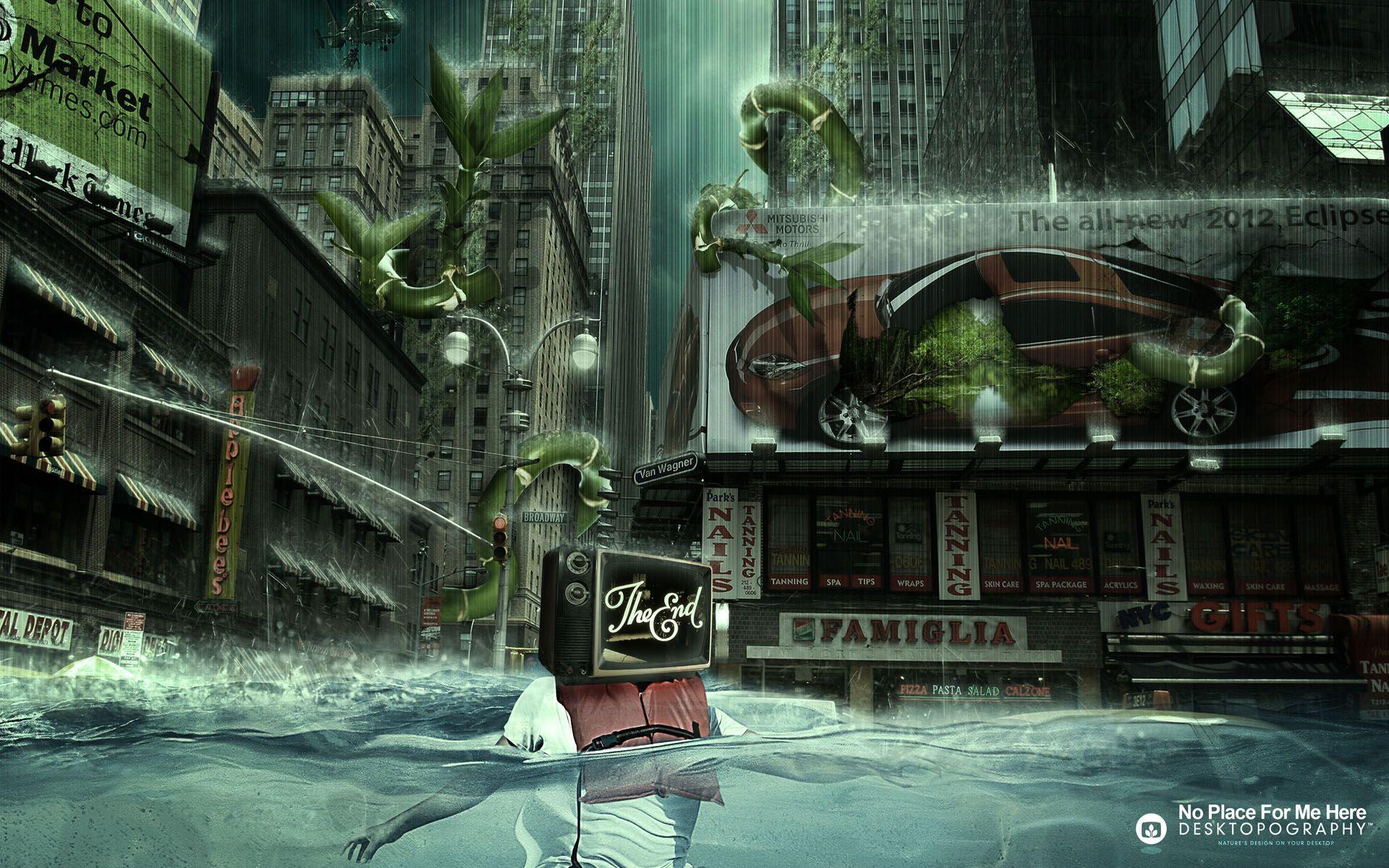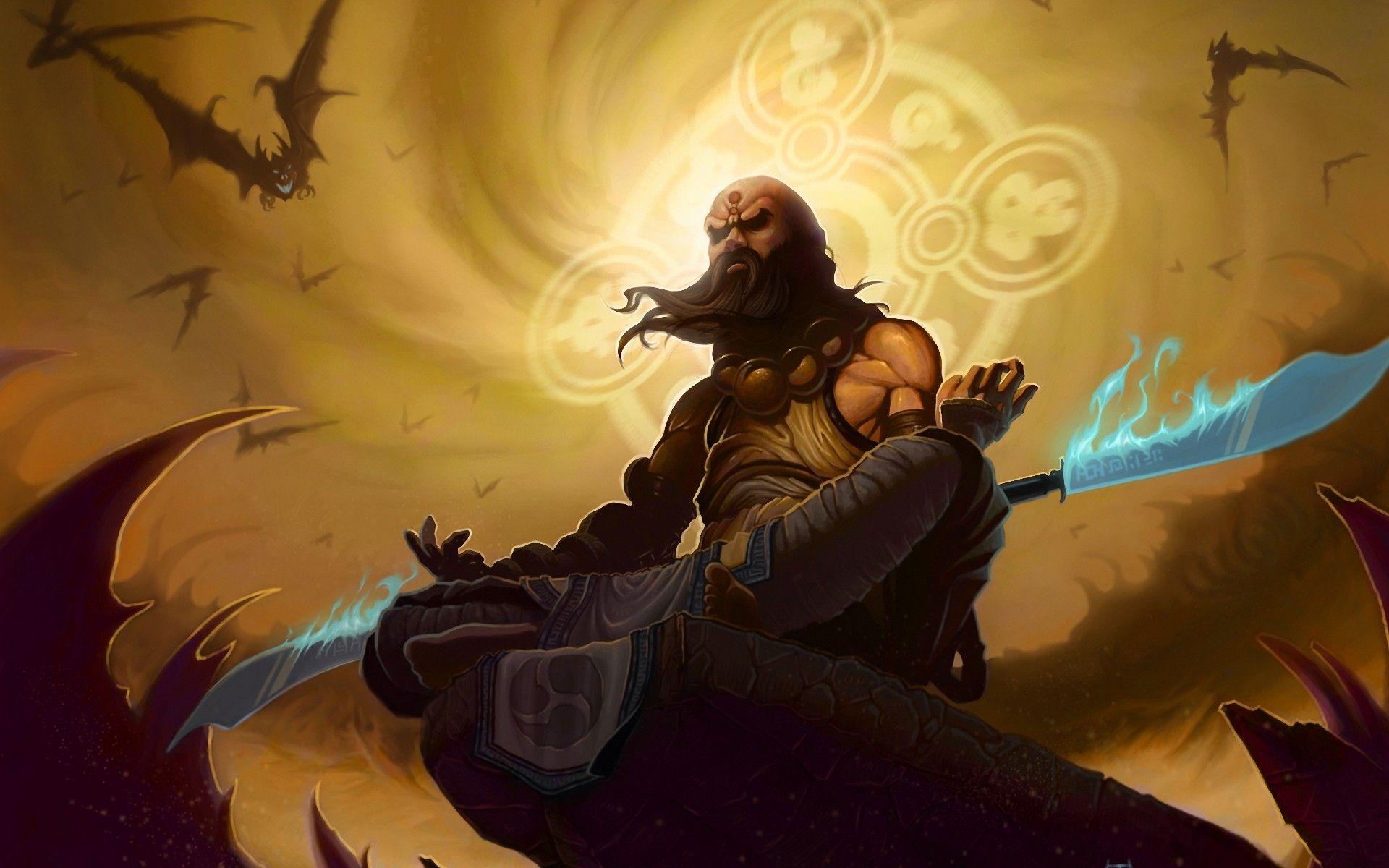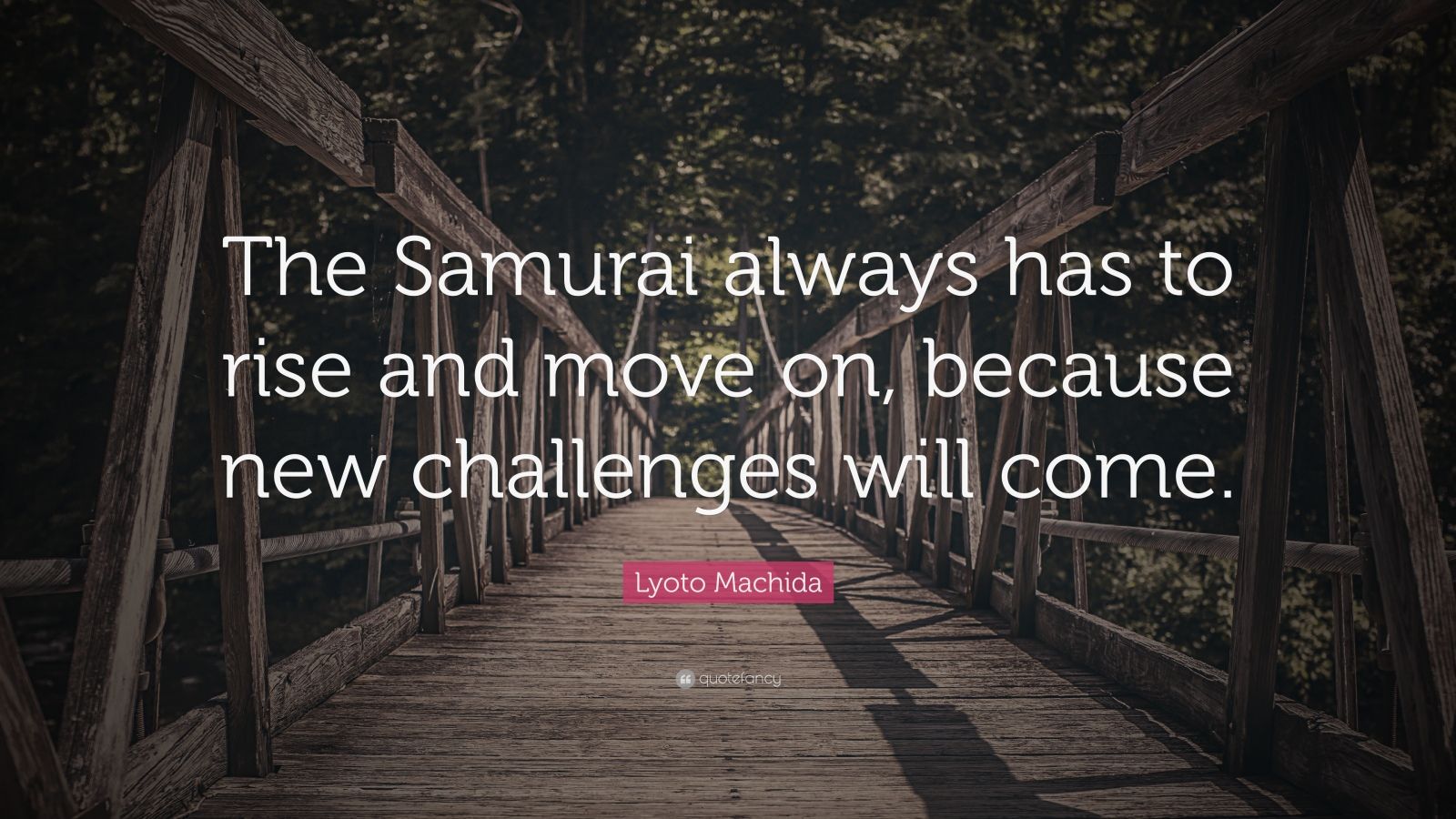

Yet when we approach our feelings of anger with awareness, with mindfulness, it becomes a productive part of our practice. How do we break the cycle of anger? We all know anger from experience, but when we are asked to pause and consider, “What is this anger?” it’s not always so easy to see what it is. Our anger is a clue to our underlying beliefs about ourselves. When anger arises, it is pointing to something. But a fear of death translates into a fear of living, because impermanence is itself a fundamental condition of our lives. And what is the cause of fear? Ultimately, it is the fear of nonexistence, death, the fear of losing ourselves and being forgotten.
#Samurai meditation free#
We can’t free ourselves until we work through both our anger and our fear.

We might explore this possibility by asking ourselves about where our anger really comes from. Many times we find that a feeling that arises in us is the outward manifestation of a deeper underlying emotion or experience. We don’t want to hurt them, or ourselves, but we are driven by our anger.

We may even cause the greatest hurt to the people we most care about. The aggression grows until finally there is no space the whole environment has been solidified.”Īmong the Three Poisons we find the Pali term dosa, “anger.” The Three Poisons of anger, greed, and delusion keep us in bondage and control us-they overwhelm our best intentions and cause us to do harm to others. The more you kill, the more you strengthen the killer who will create new things to be killed. As Chögyam Trungpa Rinpoche said, “You cannot really eliminate pain through aggression. Or maybe we have said, “If it weren’t for you, I would be better off,” or “It’s because of you that I am suffering.” It is as if we believe that by putting others down, by placing the blame or responsibility for our unhappiness on others, we can make ourselves better or relieve our own feelings of inadequacy. We’ve all done that in one way or another. Have we ever said to someone, “You’re lazy,” or “You’re a bitch” or “You’re an insufferable bastard”? Of course. Laughing at others’ misfortune is a kind of expression of our own anger. We might ask ourselves, “What’s funny about that?” Not much. Whether it is a television show or a new viral Internet video, we find humor in words that mock or put others down, or insults that allow us to watch from the outside as someone else is subjected to some form of humiliation. We have slapstick comedy: people running around doing mean, spiteful things that we are supposed to find funny.

A lot of what we find entertaining involves putting someone down. I have often observed that while we each experience anger in our own way, a more general sense of anger pervades our society. Unlike many other martial art forms, iaido is noncombative, which was key: to create a harmonious relationship with myself, I had to confront the enemy within-and the enemy was my own anger. Loosely translated, the term iaido means being able to fit into any situation harmoniously. After some time, I was drawn to iaido, the art of drawing, cutting with, and sheathing a Samurai sword.
#Samurai meditation how to#
Initially I studied the martial arts to learn how to defend against the enemy outside myself, which I thought was the reason for my anger. My own journey in dealing with anger has included work with several systems of martial arts. But if we have the courage to look at our anger and its causes and to learn from it, we can develop an open heart-a heart of genuine compassion. We feel a need to defend our vulnerable selves. Something out there is in opposition to our need for safety and security it threatens our comfort or position. We operate under a common illusion that the things that make us angry lie outside of ourselves, that they are external to us.


 0 kommentar(er)
0 kommentar(er)
